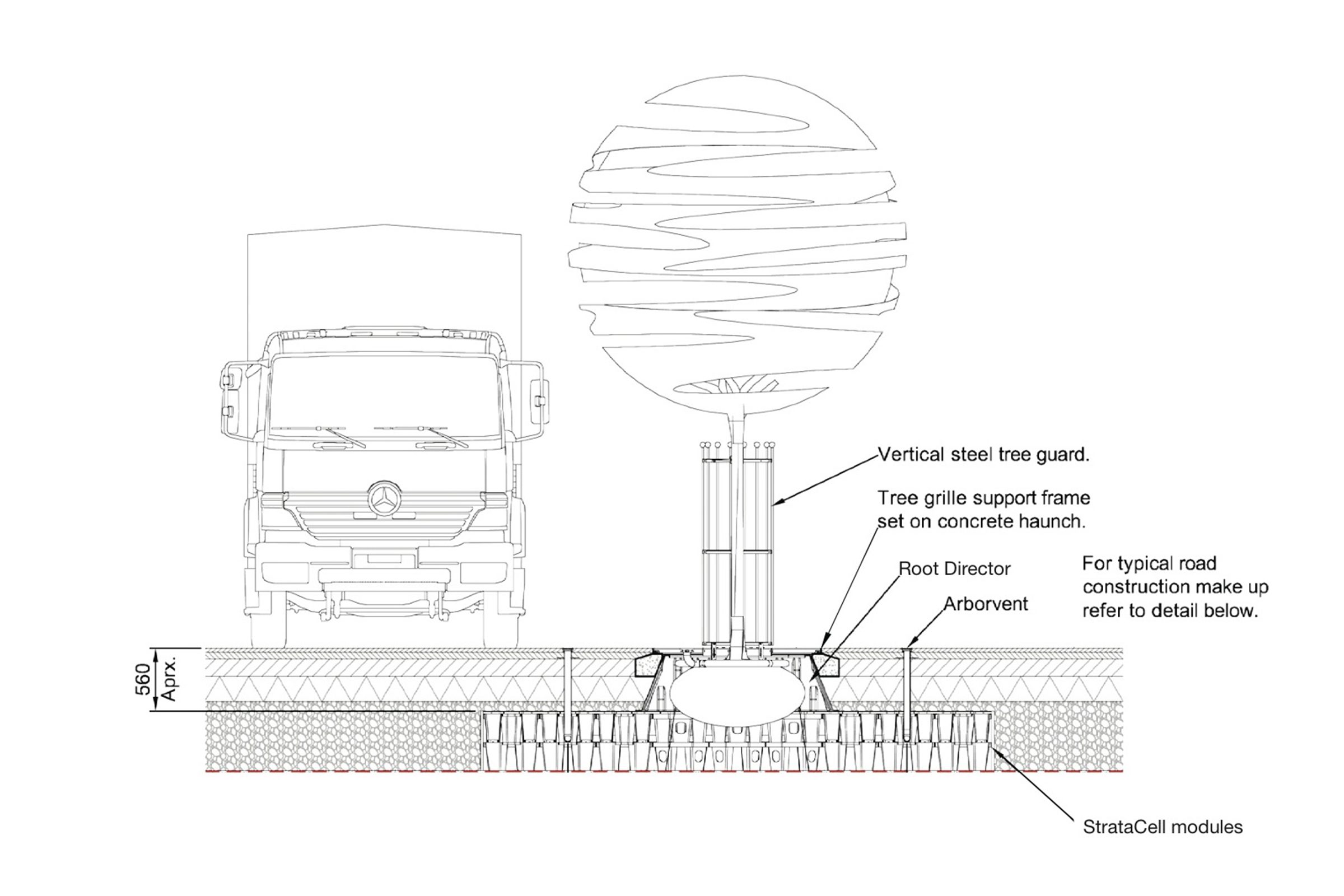Planting & design
Current research suggests that as much as 25% of all tree planting carried out in the public sector actually fails. It is likely that a similar rate applies to trees planted in the private sector. These failures are likely to be a result of a number of contributing factors, which may include inferior planting stock, inappropriate species, poor planting method, inadequate soil/ground conditions and lack of post-planting maintenance.
It is extremely important that, prior to planting, a site evaluation is carried out. This involves assessing the soil characteristics such as: texture, depth of topsoil, pH, drainage capacity and bulk density, as well as light levels and existing features such as the remaining vegetation. The details from the site evaluation provide an informed basis on which to select species that are most suitable for the scheme.
Species selection is a fundamental stage in the process. The British Standard document BS 8545 ‘Trees; from nursery to independence in the landscape – recommendations’ suggests the following characteristics should be taken into account when making species choices for a given site:
- the ultimate dimensions of the tree and whether there is space for those dimensions to be realised
- the speed of growth and final form;
- the potential longevity of the tree;
- the foliage, floral, fruit and bark characteristics;
- other relevant characteristics including: thorns, honeydew, autumnal leaf decomposition, attraction to insects, susceptibility to pests and disease, branch drop and allergies;
- the rooting characteristics;
- tolerance to pruning including formative pruning;
- tolerance to pollution;
- tolerance to variable soil conditions;
- susceptibility or resistance to drought, solar heat scorch and flooding;
- tolerance of exposed positions and wind.

Our knowledge of trees and their requirements not only enables us to select the most appropriate species for a location, but also to ensure the greatest chance of successful establishment.


